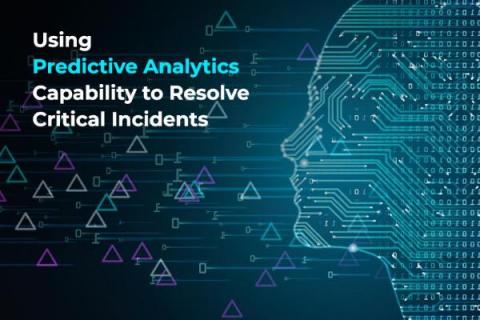Operations | Monitoring | ITSM | DevOps | Cloud
Incident Management
The latest News and Information on Incident Management, On-Call, Incident Response and related technologies.
SLA vs. SLO (Differences Explained)
Building safe-by-default tools in our Go web application
At incident.io, we're acutely aware that we handle incredibly sensitive data on behalf of our customers. Moving fast and breaking things is all well and good, but keeping our customer data safe isn't something we can compromise on. We run incident.io as a multi-tenant application, which means we have a single database (and a single application).
4 Ways To Ensure Reliability of Your Digital Services for GivingTuesday
In today’s digital economy, seconds matter. For mission-driven organizations, seconds can be a matter of life and death, and service reliability can make or break access to suicide and safety hotlines, disaster relief, time-critical health care, food assistance, and more. That’s where real-time digital operations comes in.
How We Deploy Product Releases at xMatters
With Halloween behind us and the holiday shopping season fast approaching, engineering and product teams know what that means: code freezes! At xMatters, code freezes are a part of our product release process in anticipation of the busiest — and most important — time of the year for many of our customers. But code freezes are just one piece of the puzzle in how we ensure our customers have the most reliable experiences. The way our product releases are designed is much more than that.
History of SRE: Why Google Invented the SRE Role
A history of Site Reliability Engineering from its origins at Google in 2003 to the present.











